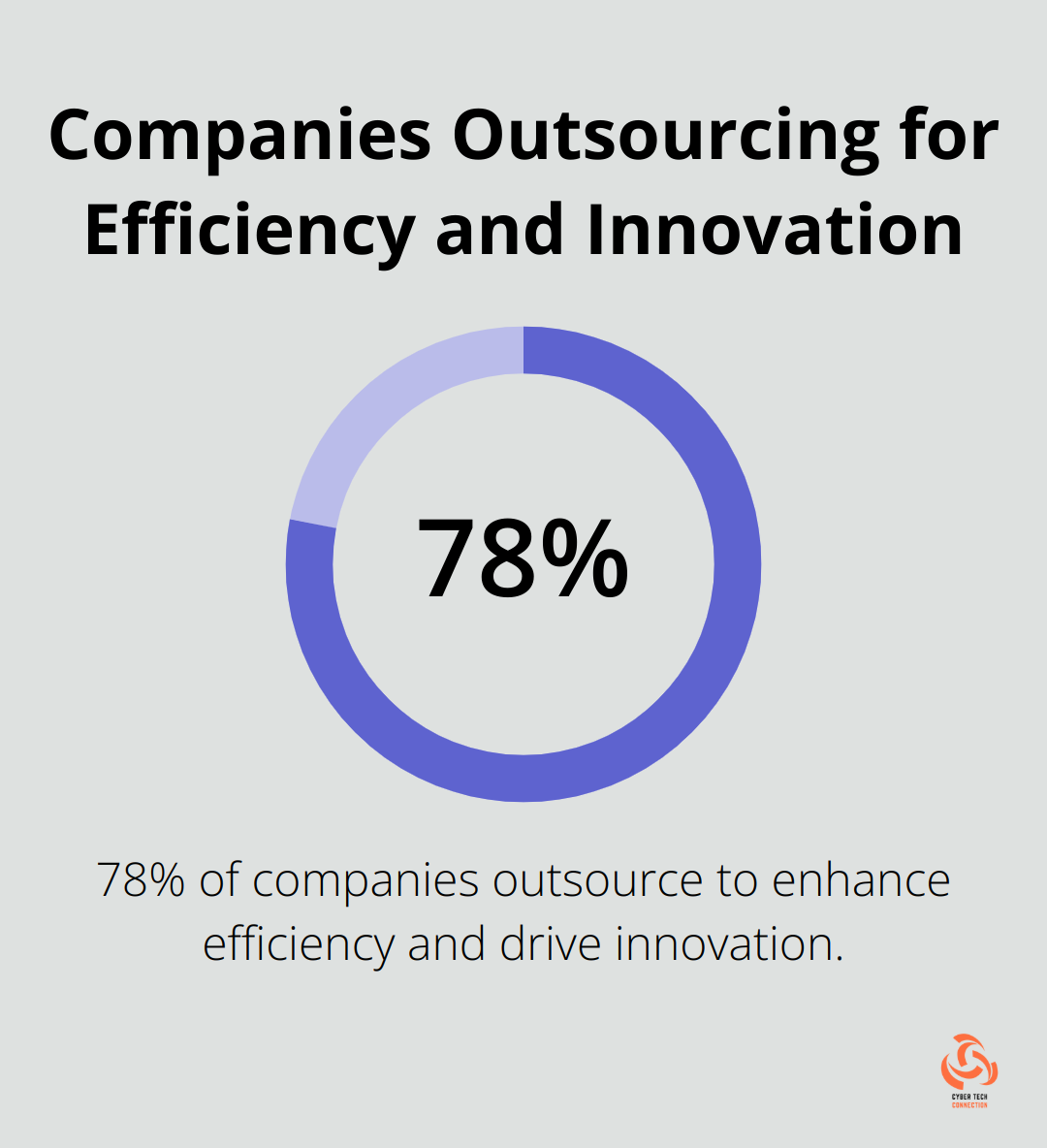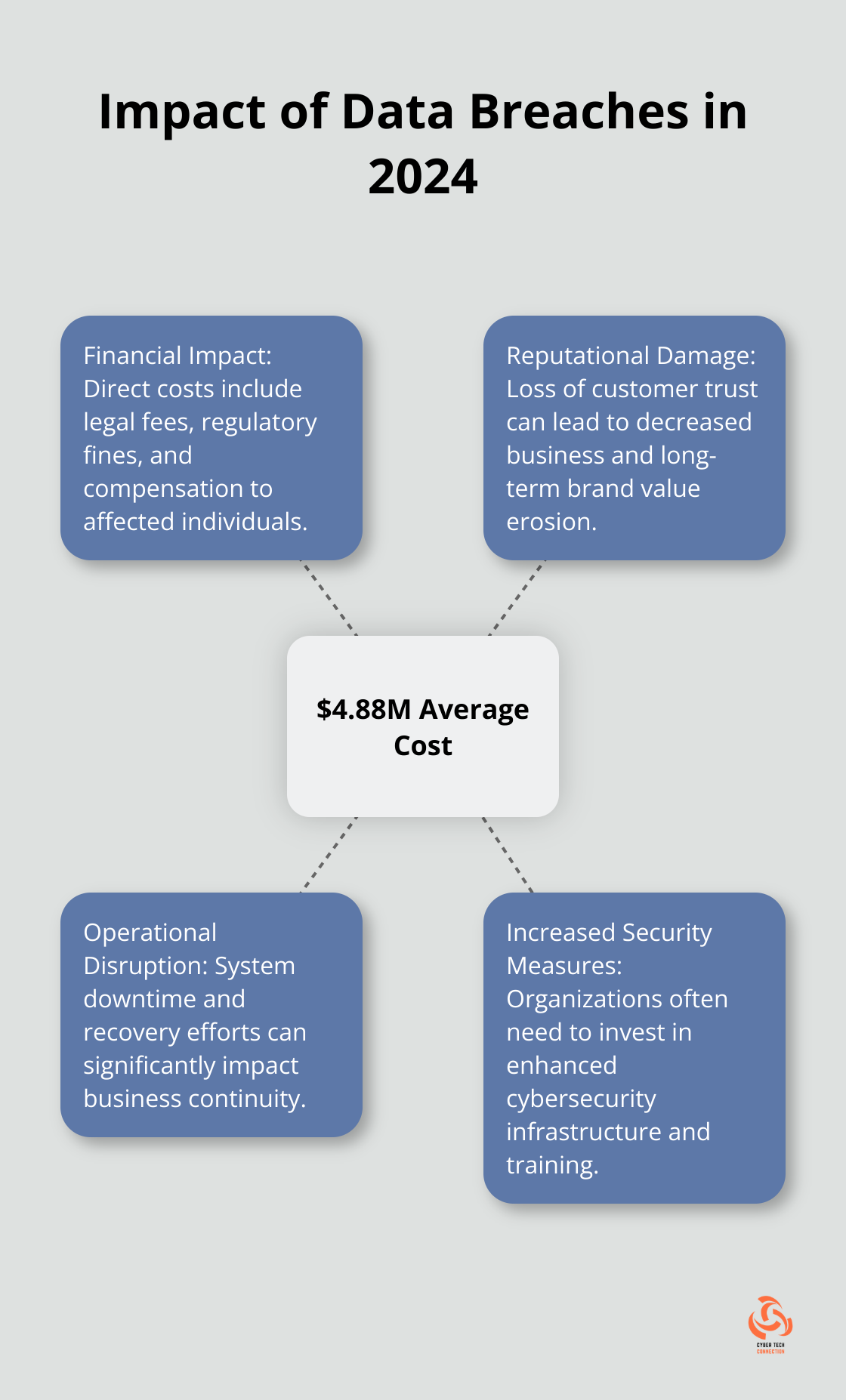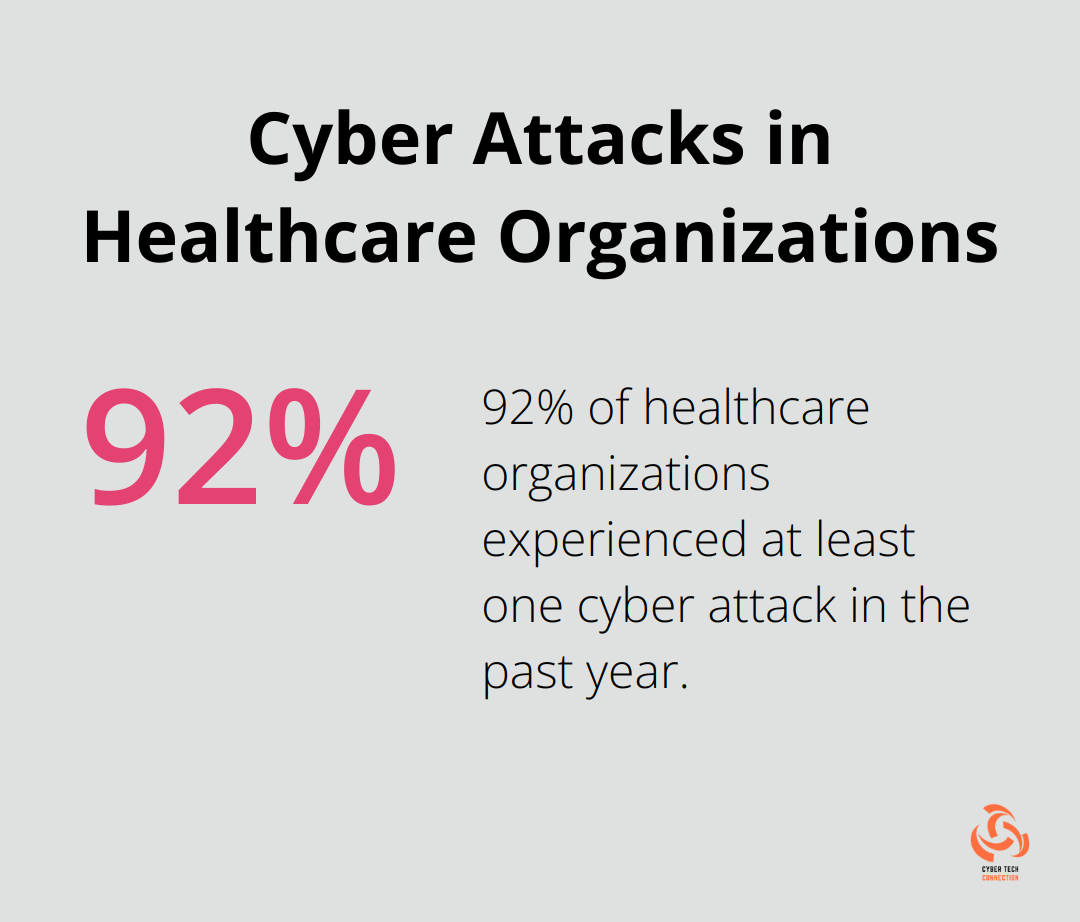This approach offers a proactive, comprehensive solution to IT management, moving beyond traditional break-fix models.
In this post, we’ll explore the key components of managed IT services, their benefits, and how to choose the right provider for your organization.
We’ll also look at future trends shaping this rapidly evolving field.
What Are Managed IT Services?
Definition and Scope
Managed IT services represent a shift from reactive to proactive IT support. This comprehensive approach involves an external provider taking responsibility for maintaining, optimizing, and securing an organization’s IT infrastructure. The model encompasses a wide range of services, from network monitoring to cybersecurity, designed to keep businesses running smoothly and securely.
Core Components
The backbone of managed IT services includes several key elements:
- Network Monitoring: This involves 24/7 surveillance of an organization’s IT systems to detect and resolve issues before they impact operations.
- Cybersecurity: Managed security services provide robust protection against cyber threats.
- Cloud Management: This service helps organizations optimize their cloud infrastructure, ensuring efficient resource utilization and cost management.
- Help Desk Support: Provides end-users with quick resolution to IT issues, improving productivity and satisfaction.
Breaking Away from Traditional Models
Managed IT services focus on prevention rather than cure, unlike traditional break-fix models. This proactive stance leads to significant cost savings.
Tangible Benefits for Businesses
The benefits of managed IT services extend beyond cost savings:
- Enhanced Security: Businesses benefit from advanced threat detection and prevention measures.
- Improved Compliance: Managed service providers (MSPs) help ensure adherence to industry regulations and standards.
- Increased Productivity: With fewer IT issues, employees can focus on their core responsibilities.
- Access to Expertise: MSPs provide a broader range of expertise than most in-house teams can offer. This proves particularly valuable for small and medium-sized businesses that may lack resources to maintain a diverse IT team. According to Deloitte’s 2023 Global Outsourcing Survey, 78% of companies outsource to enhance efficiency and drive innovation.

As we move forward, it’s clear that managed IT services offer a compelling solution for businesses looking to optimize their IT operations. The next section will explore the various types of managed IT services available, helping you understand which options might best suit your organization’s needs.
What Managed IT Services Can Do for You
Network Monitoring: Your 24/7 Digital Guardian
Network monitoring stands as the cornerstone of managed IT services. It acts as a vigilant guard for your digital infrastructure around the clock. A study by Ponemon reveals that growing adoption of insider risk management is paying off. This rapid detection can save businesses millions in potential damages.
Advanced monitoring tools track network performance, identify bottlenecks, and address issues before they escalate. This proactive approach minimizes downtime, ensuring smooth business operations.
Cybersecurity: Fortifying Your Digital Fortress
In today’s threat landscape, robust cybersecurity is essential. The global average cost of a data breach reached $4.88 million in 2024, according to IBM’s Cost of a Data Breach Report. Managed cybersecurity services provide multi-layered protection against evolving threats.

These services include firewall management, intrusion detection, vulnerability assessments, and employee training. Comprehensive security measures can reduce the risk of cyber attacks by up to 60%.
Cloud Services: Unleashing Flexibility and Scalability
Cloud services have transformed business operations, offering unparalleled flexibility, scalability, and cost-efficiency. A Flexera survey found that 92% of enterprises have adopted a multi-cloud strategy, highlighting the growing importance of cloud services.
Managed cloud services help businesses navigate complex cloud environments. This includes optimizing cloud resources, ensuring data security, and facilitating seamless migrations. Expert cloud management can reduce cloud spending by up to 30% while improving performance.
Help Desk Support: Empowering Your Workforce
Efficient help desk support maintains productivity. Companies lose an average of 14 hours per employee each year due to IT issues. Managed help desk services provide quick resolutions to tech problems, minimizing downtime.
AI-powered tools predict common issues and provide proactive solutions, further enhancing efficiency. Top-tier help desks resolve 85% of issues on the first call, significantly reducing frustration and lost productivity.
Software and Hardware Management: Staying Ahead of the Curve
Effective software and hardware management is vital for optimal performance and security. This includes regular updates, patch management, and lifecycle planning. A Verizon study found that 60% of data breaches in 2019 involved unpatched vulnerabilities, underscoring the importance of this service.
Comprehensive software and hardware management ensures all systems remain up-to-date, secure, and perform at their best. This proactive approach can reduce IT-related downtime by up to 65%.
As we explore the benefits of managed IT services, it becomes clear that choosing the right provider is a critical decision. The next section will guide you through the process of selecting a managed service provider that aligns with your business needs and goals.
How to Select Your Ideal Managed Service Provider
Align Services with Business Objectives
Start with a thorough assessment of your current IT infrastructure and future goals. Identify pain points, areas for improvement, and specific services you need. This self-evaluation will create a clear picture of what you seek in an MSP.
A 2024 Gartner study found that only 48% of digital initiatives enterprise-wide meet or exceed their business outcome targets. This underscores the importance of finding an MSP that understands your industry and can tailor their services to your specific needs.
Evaluate Expertise and Track Record
Look for MSPs with a proven track record in your industry. Ask for case studies and client testimonials that demonstrate their ability to handle challenges similar to yours. A CompTIA report states that 96% of MSPs claim technical expertise as their most important competitive differentiator.
Request references and speak directly with current clients. This firsthand information can provide valuable insights into the MSP’s performance, reliability, and customer service quality.
Assess Scalability and Future-Proofing
Your chosen MSP should grow with your business. Inquire about their capacity to scale services up or down based on your changing needs. A flexible MSP can adapt to your business cycles, ensuring you don’t overpay during slow periods or receive inadequate service during growth spurts.
Ask about their technology roadmap and how they stay ahead of industry trends. An MSP invested in cutting-edge technologies can future-proof your IT infrastructure. (For instance, Cyber Tech Connection’s focus on mobile security and cloud solutions demonstrates a forward-thinking approach essential in today’s rapidly evolving tech landscape.)
Scrutinize Service Level Agreements
Carefully review the Service Level Agreement (SLA) offered by potential MSPs. This document outlines the specifics of service delivery, including response times, uptime guarantees, and problem resolution processes. An ITSM.tools study revealed that 78% of organizations consider SLAs vital in managing IT service quality.
Pay close attention to metrics like Mean Time to Respond (MTTR) and Mean Time to Resolve (MTTR). Top-performing MSPs typically offer response times of less than 15 minutes for critical issues and resolution times of under 4 hours for 80% of tickets.
Prioritize Security and Compliance
In an era of increasing cyber threats and stringent data regulations, your MSP must prioritize security and compliance. Inquire about their security certifications, data protection measures, and experience with industry-specific compliance requirements.
A 2024 Ponemon Institute study found that 92% of healthcare organizations surveyed experienced at least one cyber attack in the past 12 months, an increase from 88% in 2023. This statistic highlights the critical role MSPs play in maintaining robust cybersecurity postures.

When evaluating MSPs, consider their approach to emerging threats. (Cyber Tech Connection’s mobile phone defense service addresses the growing concern of mobile security, an often overlooked vulnerability in many organizations.)
Final Thoughts
The managed services model for IT support offers significant advantages for businesses of all sizes. Organizations can access expertise, cutting-edge technologies, and proactive support that would challenge in-house teams to maintain. These services provide a solid foundation for business growth and innovation, reducing downtime and allowing companies to focus on core objectives.
With AI-driven solutions, advanced automation, and predictive analytics at the forefront. These technologies will enable MSPs to offer more sophisticated and efficient services, further enhancing the value proposition for businesses. Organizations should assess their current IT needs and future goals before selecting a provider that aligns with their objectives and culture.
Cyber Tech Connection understands the complexities of modern IT environments and the challenges businesses face. Our comprehensive range of services addresses these challenges head-on. We provide tailored, proactive IT support that empowers businesses to thrive in an increasingly digital world.

